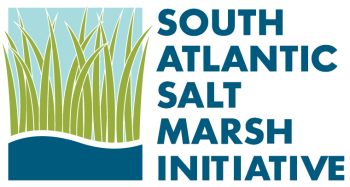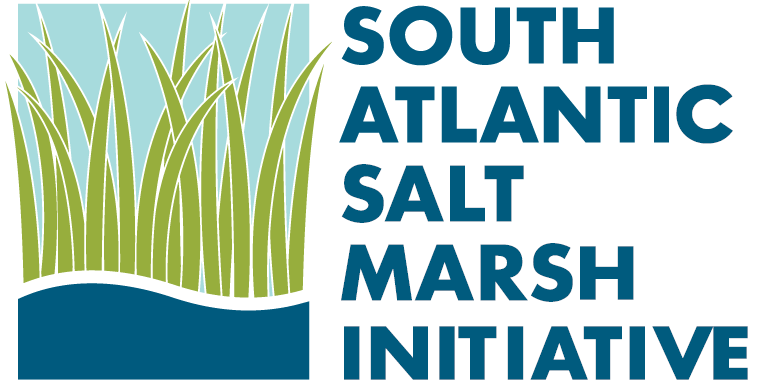
Like most coastal ecosystems, our marshes are threatened. To ensure a healthy future for these critical marsh systems, the Coastal Federation is leading a partnership to develop the North Carolina Salt Marsh Action Plan that details a five-year strategy to protect, restore, and allow for the migration of salt marshes in coastal North Carolina so that their existing ecological, economic, and cultural functions are not degraded or lost.
The North Carolina Plan is part of a larger South Atlantic Salt Marsh Initiative (SASMI) that was formed in 2021 under the leadership and guidance of The Pew Charitable Trusts and the Southeast Regional Partnership for Planning and Sustainability (SERPPAS). This regional plan prioritizes actions for protecting and restoring nearly 1 million acres of salt marshes along the South Atlantic coast from North Carolina to the Atlantic coast of northern Florida.
The North Carolina Salt Marsh Plan focuses on our state’s marsh resources and will serve as the foundation of the Coastal Federation’s New Marsh Program Goal to Protect and Restore Salt Marshes to Foster Thriving Human and Natural Coastal Communities. This newly formed Program Goal is kicking off this year and will include our dedicated work to protect and create living shorelines, a focus of the Federation since 1997.
The SASMI Plan is the pathway to the protection, restoration and migration of this great expanse of salt marsh. It reflects the culmination of two years of intensive study, dialogue, and deliberations. This includes understanding that while each of the four SASMI states faces many of the same challenges, these challenges likely vary in severity and extent at the state and local levels. Therefore, achieving landscape-scale success with the regional plan will necessitate a tailored approach to the plan’s implementation that is formulated in partnership and coordination with agencies and other partners at the state and local levels. The strategies included in the plan are intended to be a road map for elected officials, state and federal agencies, communities, NGOs, academic partners and others to work together to ensure the long-term abundance, health and resilience of this vital natural resource.


